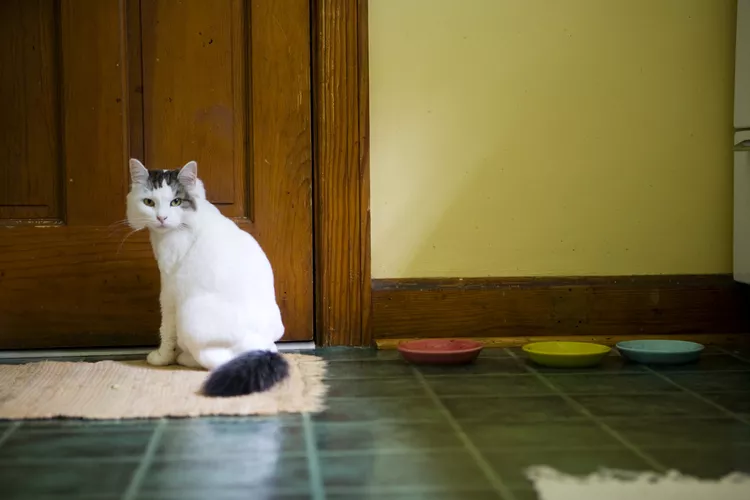
Litter-trained cats may be trained to do their business in the litterbox, but if your cat is pooping outside the box and on your rug, that's a sign of inappropriate elimination. Litter box problems are among the most common behavioral issues experienced by cat owners, and this frustrating behavior can be difficult for cat owners to manage.
The key to solving the problem is figuring out why your cat is pooping in inappropriate places, like your nicest rug. Find out why cats could be prone to defecating on rugs and how to resolve the behavioral issue.
Out of all the places in a home, it seems that rugs are popular targets for inappropriate elimination. There's something about the fabric that attracts cats. Perhaps it's the fact that rugs are easy to knead and paw at like litter, or maybe it's the scent. Absorbancy is likely a factor as well. You may never know for sure why your cat seems to prefer the rug, but many cat owners report this same issue.
Cats are often mysterious, so getting to the bottom of the problem will take careful observation. You'll need to eliminate the potential causes one at a time.
No matter where your cat is pooping, if it's outside the litter box, there are a few possible explanations for it.
Before you assume inappropriate elimination is a behavior problem, it's important to have your cat's health evaluated. During the checkup, your vet will talk to you about your cat's behavior and ask if there are any other signs, such as vomiting, diarrhea, change in appetite, or lethargy. The vet will thoroughly examine your cat for signs of a health problem. Lab tests and/or radiographs (X-rays) may be recommended as well.
Something as simple as constipation may cause a cat to defecate on a rug or in another inappropriate spot. For example, your backed-up cat suddenly has the urge to relieve himself, but he might not be able to get to the litter box in time.
Pain or discomfort may also account for inappropriate pooping. Maybe your cat has trouble getting in and out of the litter box and waits to defecate until he can't hold it anymore. Perhaps the posture the cat finds most comfortable is easier to achieve on the living room rug. Your vet may discover a condition such as arthritis and offer a treatment that makes your cat more comfortable.
Be aware that older cats may develop dementia. This can affect your cat's habits and even cause him to "forget" years of training. Your vet may be able to recommend medications or supplements to help in this situation too.
Once you've ruled out a health problem, it's time to consider behavioral causes. There are a few reasons your cat's habits may suddenly have changed.
It's difficult to break the habit once your cat has started pooping outside the litter box. There are several steps you'll need to take to break this bad habit and you'll need to keep up with your cat religiously to stop this behavior.
Start by making sure to thoroughly clean the areas where your cat has pooped. If you're unable to get the area clean enough, your cat will continue to be attracted to the spot. Launder any items that can go in the washing machine. If your cat has pooped on a bathmat or inexpensive rug, you might just need to get rid of the item. For best results, use a high-quality enzymatic cleaner for pet messes.
Cats want to use ultra-clean litter boxes and tend to prefer roomy, open boxes. Try switching to jumbo litter boxes without covers. You can even consider turning a large plastic under-the-bed storage box into a king-sized makeshift litter box. If you only have one litter box, add a second one in a different area. Consider putting the second box near the place where your cat has been pooping inappropriately. If you have multiple cats, you may need to add even more litter boxes. A good general rule of thumb is that there should be one more litter box in the house than there are cats. There should also be litter boxes on every floor of the home.
If you're using scented litter, switch to unscented right away. While humans may prefer the scented litter to cover up odors, many cats find artificial scents overwhelming and repulsive. Remember that your cat has a much more sensitive nose than you do. Your cat may also dislike the texture of the litter. Use a new type of litter in the second box and see if your cat prefers it. Consider the size of the litter particles as well as whether the litter is clumping or non-clumping. You can also consider a litter specially designed to appeal to cats, like Dr. Elsey's Cat Attract.
Your cat may need a refresher course in litter box training, particularly if the cat is young or was recently adopted.
If there are a couple of specific places where your cat tries to poop, attempt to make these areas as unattractive as possible. Lay down aluminum foil or double-sided tape until your cat stops trying to approach these areas. Do your best to make the litter box the most appealing option.
If there's a new cat in the house, make sure you properly introduce the two of them. If it's another animal or even a human, you may need to gradually desensitize your cat to the source of the stress. Make sure your cat has a safe place to retreat when needed. Also, be sure there's enough space so that the food bowl and the litter box aren't next to each other.
Learn about feline enrichment to make your cat's world more fulfilling. Consider adding vertical space, like a cat tree or wall shelves to give your cat more places to go. Try leaving interactive toys around when you are out. Play with your cat as often as possible. A frustrated, bored cat is much more likely to act out.
Change won't happen overnight, so don't stress out. Just work hard to clean the soiled areas, keep the litter box clean and attractive, and maintain a happy and fun environment for your cat.
If things aren't improving and you're at your limit, don't give up. Ask your vet for a referral to a veterinary behaviorist or applied animal behaviorist. It will be worth the investment to have an expert weigh in.
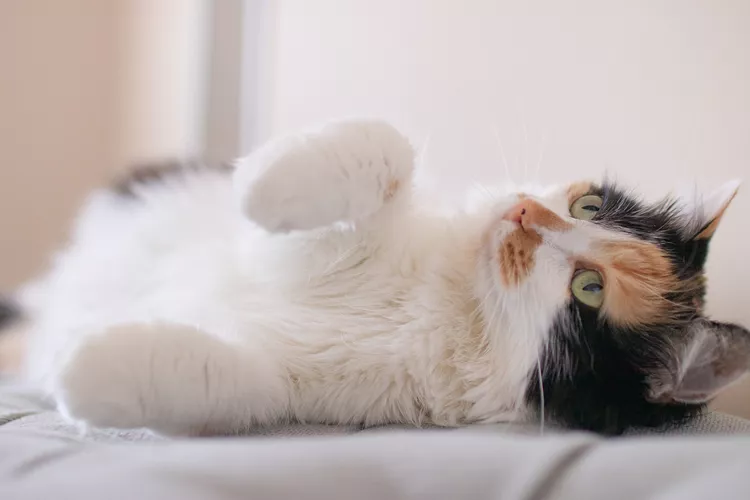
Cute Pictures & Facts About Calico Cats & Kittens
Learn fascinating facts about calico cats, including photos, the genetics behind this color combination, and common folklore and traditions.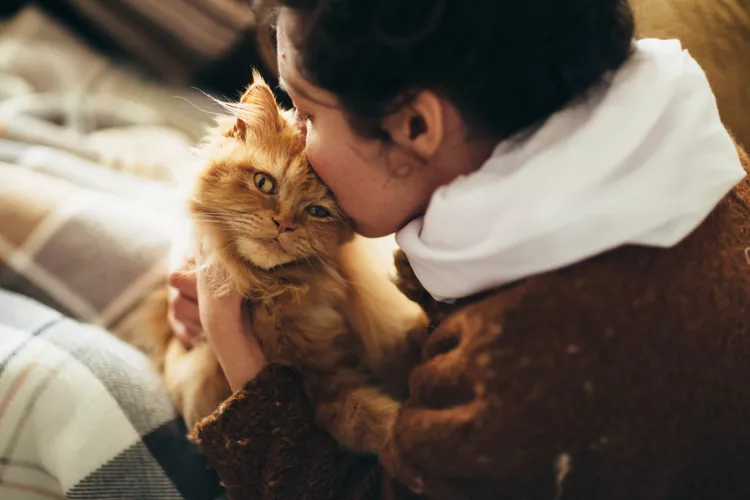
How to Prevent Cat Separation Anxiety During Vacations
Discover why cats develop litter box problems and cat behavior problems when you go on vacation and what you can do about it to help them.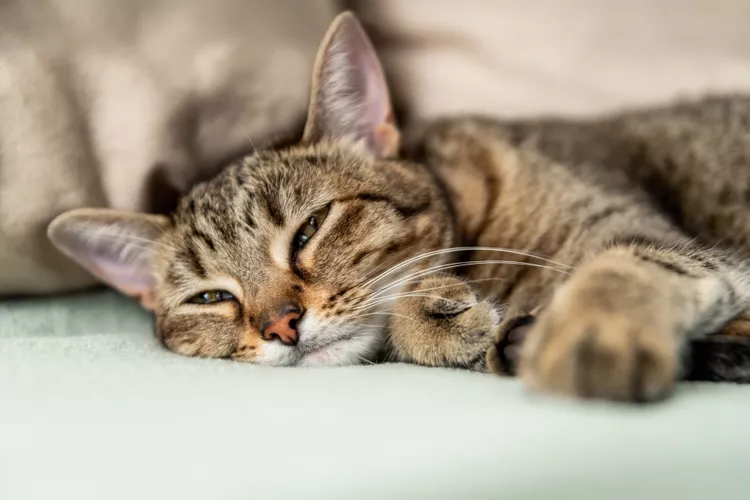
Cat Behavior Changes That Might Mean Something's Wrong
Cats' behavioral changes may indicate problems—or they may mean nothing at all. Explore causes of odd behavior and what to do about them.
Lhasa Apso: Dog Breed Characteristics & Care
The Lhasa apso is an ancient breed from Tibet that was bred to be a watchdog. Learn about its history, health, exercise needs, and more.
Reasons Why Dogs Run Away and How to Stop It
Dogs can escape, especially if they’re bored and not properly contained. Here are some techniques for stopping your dog from running away.
Can Dogs Get Depression? How to Help Your Sad Dog
Can dogs get depression? Learn about the signs of depression in dogs and find out how to help your sad dog.
How to Stop Aggression in Dogs
Dog aggression can be a serious behavior issue for pet owners. Learn how to stop aggression in dogs before someone gets hurt.
How to Stop Your Dog From Growling
A growling dog can soon become even more aggressive. Reduce the noise and potential for a dangerous situation with some of these techniques.
Why Do Dogs Dig Holes? How to Stop Your Dog from Relandscaping Your Yard
Dogs have been digging holes for centuries and for many reasons. Whether they’re bored or want to cool off in the dirt, here are the top reasons why dogs dig holes.
Dog Treat Varieties
Learn about the different types of dog treats on the market and decide which are best for your dog.
Can Dogs Eat Asparagus?
Dogs can eat asparagus, provided the vegetable is cooked plain and cut up for them. Seasonings, salt, and butter make it unhealthy for dogs.
Histiocytomas in Dogs
A histiocytoma is a type of benign (non-cancerous) skin lump that usually affects young dogs. Learn the causes, treatment, and prevention.
Why Is My Dog’s Eye Swollen?
If your dog's eye is swollen, she may need veterinary attention. The inflammation could be caused by allergies, an injury, or even a tumor.
Common Bugs and Parasites Found on and Inside Dogs
Learn about common types of parasites in dogs. Find out how to treat and prevent parasites to keep your dog, your family, and yourself safe.
Exploring the Different Types of Pet-Friendly Beaches
Are you looking for pet-friendly beaches? Learn about the different types of pet-friendly beaches, their locations, and tips for visiting them with your pet.
10 Obscure, Little-known Canine Facts in Honor of National Dog Day
With National Dog Day upon us, it's time to celebrate everything about our favorite pets—even the weirder stuff. Here are 10 obscure facts about dogs you probably didn't know.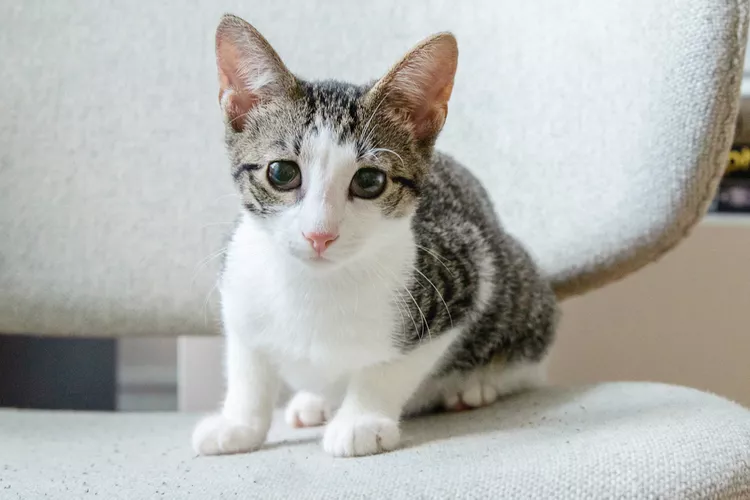
Kitten Development From 3 to 6 Months Old
Kittens grow and change a lot during their first year. Find out what happens between the ages of three months and six months old.
95 Siamese Cat Names
Our list of Siamese cat names has diverse and fun options to help you choose the ideal moniker for your elegant and lovable feline companion.
What to Buy for Your New Cat: A List of Essentials
Before you bring your new cat or kitten home, there are a number of things to collect or buy so your cat will feel welcomed like a family member.
The 6 Best Cat Nail Clippers of 2024 for a Safe Trim
Clipping your cat's nails can save your furniture and keep your kitty comfortable. We asked veterinarians for their cat nail clipper recommendations.